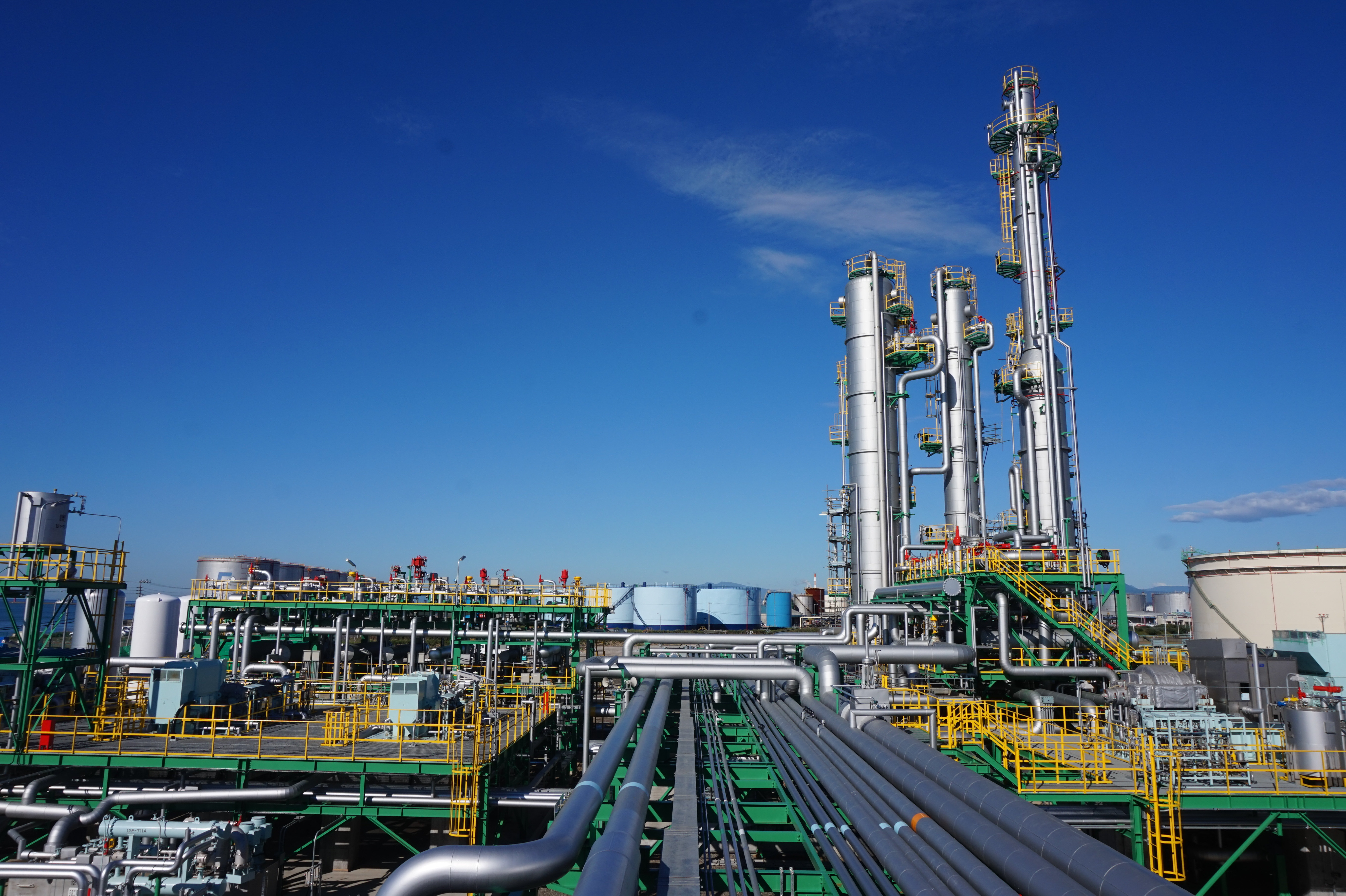Japan is preparing to test its biggest project yet for capturing and storing greenhouse gas pollution under the seabed despite concerns about cost and the safety of pursuing the technology in a region prone to earthquakes.
Engineers plan to inject carbon dioxide into deep saline aquifers off the coast of Hokkaido starting in April. The gas will be siphoned away from a refinery operated by Idemitsu Kosan Co. under the government-backed project.
Five years after an earthquake and tsunami triggered reactor core meltdowns in Fukushima, Japan is grappling for ways to generate power while meeting global goals for reducing fossil-fuel emissions. Carbon capture and storage, tested in many nations but working at a commercial scale almost nowhere, holds the promise of limiting the most damaging fumes from thermal power plants and giving Japanese companies a vast new market.

















With your current subscription plan you can comment on stories. However, before writing your first comment, please create a display name in the Profile section of your subscriber account page.